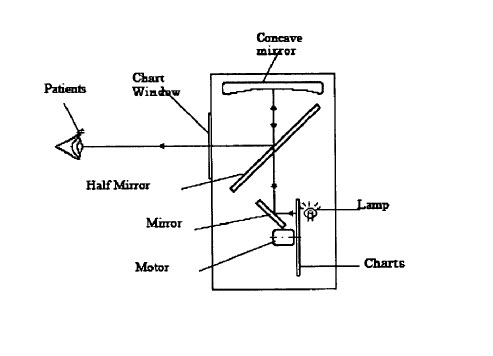[Techtaffy Newsdesk]
Apple has been awarded a patent (Patent Number: US008212859) for head-mounted display (HMD). The inventors listed in the application are John G. Tang and Anthony M. Fadell. The application was filed on October 13, 2006.
Below are excerpts from the patent application.
This invention relates to displaying images in a head-mounted display. A head-mounted display (HMD) is a display device that a person wears on the head in order to have video information directly displayed in front of the eyes. HMDs are also known as near-to-eye displays. A HMD has either one or two small CRT, LCD or OLED displays with magnifying lenses and other associated optical elements. The display(s) and optics are typically embedded in a helmet, glasses, or a visor, which a user can wear. Lenses and other optical components are used to give the user the perception that the images are coming from a greater distance, to prevent eyestrain.
In HMDs that use a single display, the image is typically projected through optics that split the image into two identical images, and redirects each image to the respective eye. With two displays, the HMD can show stereoscopic images. The stereoscopic images attempt to create depth to the images by simulating the angular difference between the images viewed by each eye when looking at an object, due to the different positions of the eyes. This angular difference is one of the key parameters the human brain uses in processing images to create depth perception or distance in human vision.
Some HMDs can be used to view a see-through image imposed upon a real world view, thereby creating what is typically referred to as an augmented reality. This is accomplished by reflecting the video images through partially reflective mirrors, such that the real world is seen through the mirrors’ reflective surfaces. The augmented reality can be combined with the stereoscopic images in various types of applications. Some examples include applications in surgery, where radiographic data, such as CAT scans or MRI imaging can be combined with the surgeon’s vision. Military, police and firefighters use HMDs to display relevant tactical information, such as maps or thermal imaging data. Engineers and scientists use HMDs to provide stereoscopic views of CAD schematics, simulations or remote sensing applications. Consumer devices are also available for use in gaming and entertainment applications.
[Image Courtesy: freepatentsonline.com]


